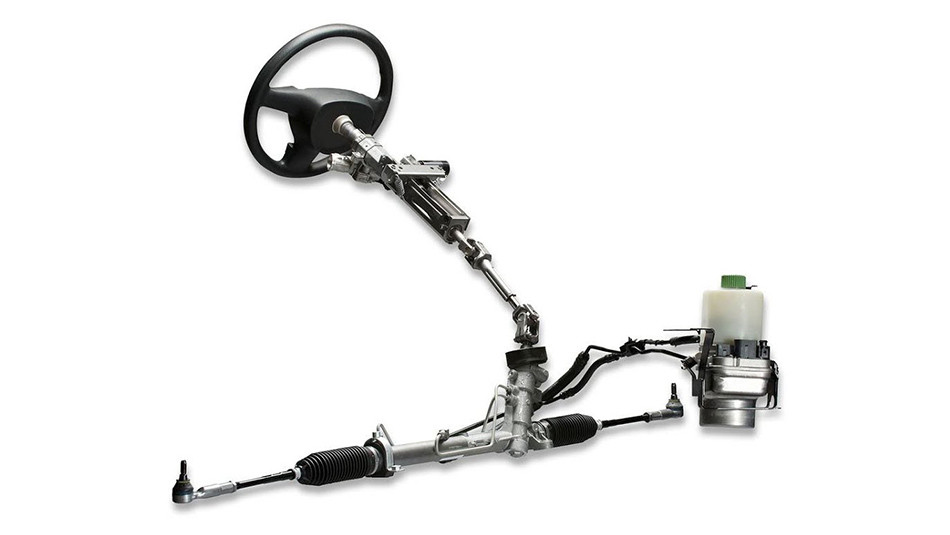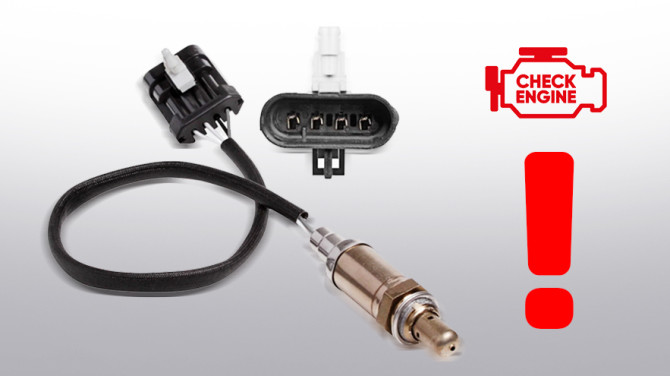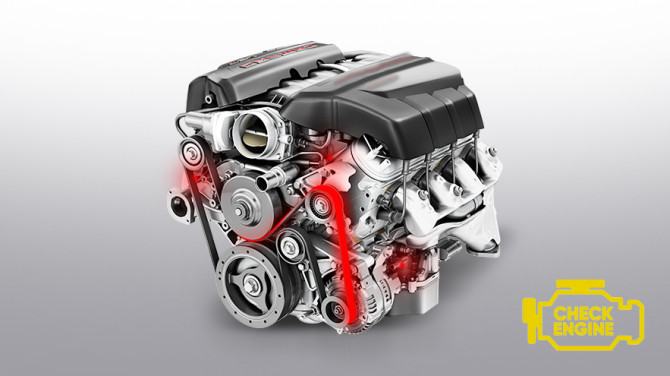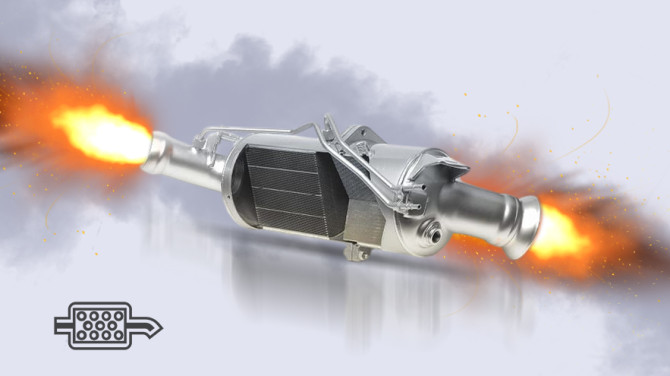The most common steering system faults

The steering system is a crucial component of a vehicle, directly responsible for safety and driving comfort. The components making up this system determine the maneuverability of the vehicle, enabling the driver to react promptly to potential obstacles during steering.
The operation principle of the steering system is quite simple. When the driver turns the steering wheel, forces are transmitted to the wheel shaft, and this action is amplified by the power steering assembly. Consequently, the steering gear moves in the desired direction, exerting pressure on the tie rods. More precisely, the gear presses on one tie rod and pulls the other along.
All significant steering system failures should be addressed as quickly as possible. Otherwise, the driver exposes themselves and their passengers to danger. However, it's essential to first become familiar with the most commonly occurring malfunctions.
Some Failures Can Be Detected and Fixed Independently
Main Steering System Failures
The gear-based steering system used in modern vehicles has significantly reduced the number of malfunctions. Nevertheless, there remains a series of frequently occurring failures, divided into:
- Issues directly related to the steering system.
- Abnormalities in the operation of hydraulic power steering.
If components of the hydraulic power steering system fail, the driver may experience the following difficulties:
- Wear of the shaft bearing in the pump.
- Wear of the pump drive belt.
- Leakage of working fluid in the hydraulic fluid reservoir.
- Clogging of the pump filter or valve.
- Damage to hoses or mounts.
As for damages to other replacement parts of the steering system, the following problems more commonly occur during operation:
- Wear of the gear, gear mechanism, and steering rack end support.
- Steering system leakage.
- Wear of the steering shaft bearing.
Symptoms of Hydraulic Power Steering System Failure
Hydraulic power assistance plays a significant role in the steering system's design. The increased force from turning the steering wheel allows the driver to avoid exerting excessive force, enhancing reaction speed and maneuvering efficiency.
Failure of the power steering system significantly complicates vehicle steering. Therefore, every driver should be familiar with the main symptoms of power steering failure, including:
- Vehicle instability during driving: This arises due to gaps in the gear mechanism.
- Knocking sounds in the steering system: Indicative of insufficient tension in the drive belt.
- Excessive noise in the steering system: Noticeable during a slight turn. In this case, there is no fluid leakage. If the noise occurs during extreme steering, it indicates reduced pump efficiency.
- Pump locking: This occurs due to the use of worn-out oil.
- Additional effort required when turning the steering wheel. Stiff steering is caused by leaks in the system and the entry of air into the system.
Symptoms of Steering System Failure
If failures occur in other parts of the steering system, the driver may notice the following symptoms:
- Knocking or other sounds when turning the steering wheel: Indicates wear of the tie rod end.
- Regular shocks on the steering wheel: Indicates a worn-out shaft bearing, damaged gear, or tie rod.
- Play in the steering wheel: Discrepancy between the steering wheel's turning angle and the wheel's rotation. This arises due to wear of components such as bearings, steering linkage, gear mechanism, or other parts of the steering system.
- Tight steering turns: This is due to incorrect wheel alignment.
- The steering wheel regularly deviates to the side: This may be caused by worn-out tie rod ends not properly pressing the tie rods. This symptom may also indicate faults in the steering rack, including worn-out gear.
Ignoring steering system failures is highly dangerous. At the first signs of malfunction, it is best to visit a workshop where an experienced mechanic can determine the true cause of the problem. After replacing worn-out parts, the vehicle can be restored to working condition, allowing the driver to enjoy comfortable driving once again.







